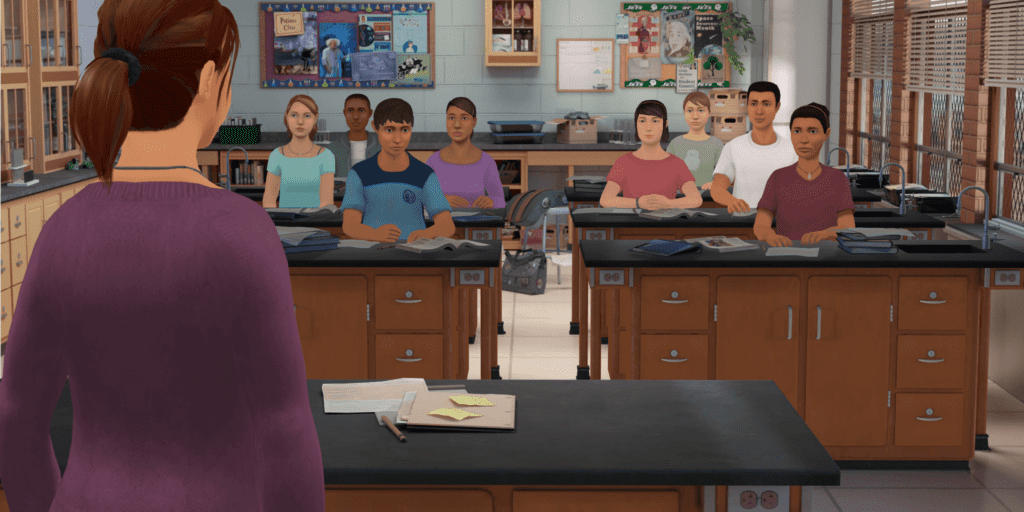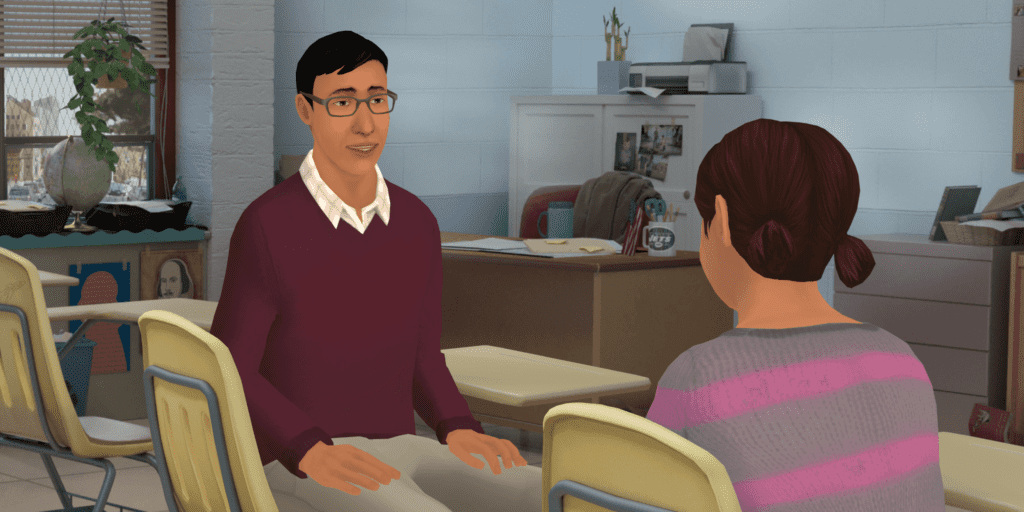A Teacher’s Role in Bullying Prevention
One in five students report being bullied, and bullying is one of the biggest issues schools face today. We know the severity of consequences bullying can have on youth, which is why schools, districts, and government entities are taking action. In fact, all 50 states have developed anti-bullying legislation.
Students who experience bullying, or who are bullying others, are at increased risk of depression, anxiety, involvement in interpersonal violence or sexual violence, substance abuse, poor social functioning, and poor school performance, including lower grade point averages, standardized test scores, and poor attendance. Youth who report frequently bullying others and youth who report being frequently bullied are also at increased risk for suicide-related behavior.
Anti-bullying efforts are working, but there is still work to be done. The challenge for school leaders is to ensure a safe environment so that every student can focus on learning. It takes a comprehensive, multi-tiered approach, but one critical prevention strategy is to equip teachers with skills and confidence to take a stand against bullying and promote a culture of respect.
Why a teacher’s role in bullying prevention is so important
Teachers are some of the most influential people in students’ lives. They play a significant role in a child’s development, and because they spend a lot of time with students, they are likely to witness bullying when it occurs.
Even if a teacher is not present to witness bullying, they are likely to hear about it. Nearly half of bullied students report notifying an adult at school about the incident.
A teacher’s role in bullying prevention cannot be denied. How a teacher or staff member responds is essential to helping ensure the safety and wellbeing of students.
3 ways teachers can address bullying
Here are three strategies teachers can implement to address bullying, which are all covered in our professional development experience, Building Respect: Bullying Prevention in Schools.
1. Address biased language in the classroom
Slurs, put downs, and negative labels have no place in the classroom. Biased language includes insulting words or phrases about gender, age, sexual orientation, race, religious beliefs, and ethnicity, or particular groups such as political parties and nationalities. Sometimes when biased language is used, the intent is not malicious, but harmful intent does not need to be present for harm to occur.
Teachers need to act immediately to directly address biased language and communicate acceptable behavior. They may need to educate students so that they know why a term they used is offensive. It is also important for teachers to model appropriate behavior themselves, and educate themselves so that they do not use biased language in their teaching.

Users practice addressing biased language in a classroom scenario in the Building Respect simulation
2. Speak with students who may be experiencing bullying
Ignoring bullying may seem like the easy route, especially if a student hasn’t actively reached out for support, but evidence shows that when teachers ignore bullying or don’t intervene, it’s more likely that aggressive behavior will increase.
Teachers and staff can take a proactive role by learning more about a suspected bullying situation and connecting students to support. Through proper training, teachers can learn how to identify bullying incidents, and gain confidence using evidence-based conversation techniques to offer support and help students feel safe and included at school.

In the Building Respect simulation, users take on the role of a teacher speaking with a sixth-grade student who has shown signs of bullying
3. Foster a culture of respect
Improving school safety and climate has positive impacts on many student outcomes, including the prevalence of bullying.
There are many factors that determine school climate, but specifically when talking about a teacher’s role in bullying prevention, it’s important to foster a culture of respect where educators take action whenever bullying is seen, heard, or reported.
Through consistency and a zero-tolerance approach to bullying, administrators, teachers, and staff can help shape a positive learning environment where all students feel safe and respected.
About Building Respect: Bullying Prevention in Schools
Building Respect: Bullying Prevention in Schools is an interactive professional development simulation that empowers educators to practice conversation techniques to address biased language in the classroom, reach out when they suspect signs of bullying, and reinforce staff responsibilities in reporting bullying behavior. As part of the learning experience, users are able to take on the role of a teacher and explore different techniques to respond to bullying incidents.
By engaging with bullying situations within a virtual environment, Building Respect helps educators develop the necessary skills and knowledge to intervene when such incidents occur in real life. Users are free to learn at their own pace and in their own safe space. They can explore different approaches and see what works best in different scenarios. They have room to make the errors that they should not risk in the real world. Throughout, a virtual coach provides feedback on their decisions and offers helpful suggestions for research-proven conversational methods they can employ.
“Training and Prevention Education” is one of the 11 key components of a comprehensive anti-bullying statute, as outlined by the U.S. Department of Education. More states and districts are requiring training to help educators understand how and when to respond to bullying, and we’re proud to be part of a larger effort toward change.
Take a demo
If you’d like to explore the Building Respect simulation to see how it could support your district or school’s bullying prevention efforts, access a free demo here.